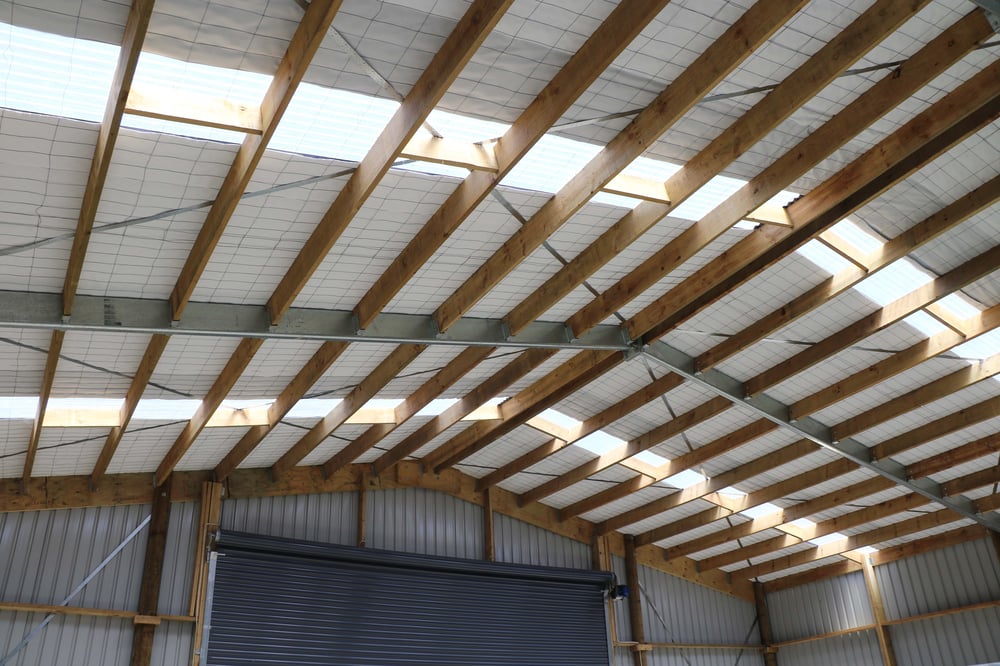Timber is one of the oldest and most widely-used materials for building sheds. While this tried and tested material is popular, newer materials are often being used in its place. Timber comes with ...
March 24th, 2021
4 min read





